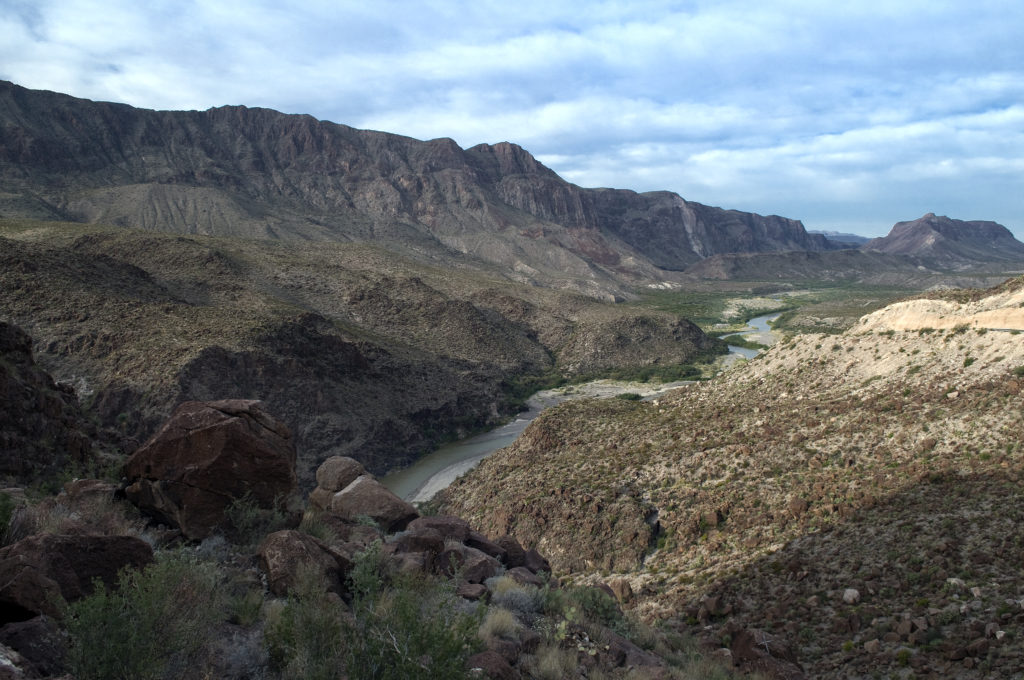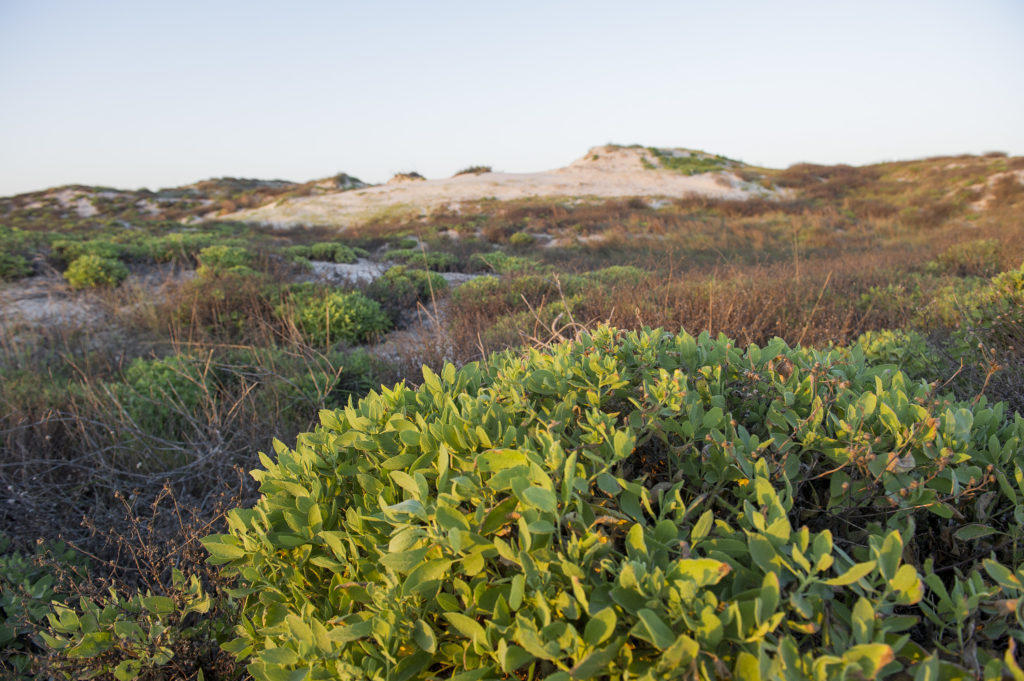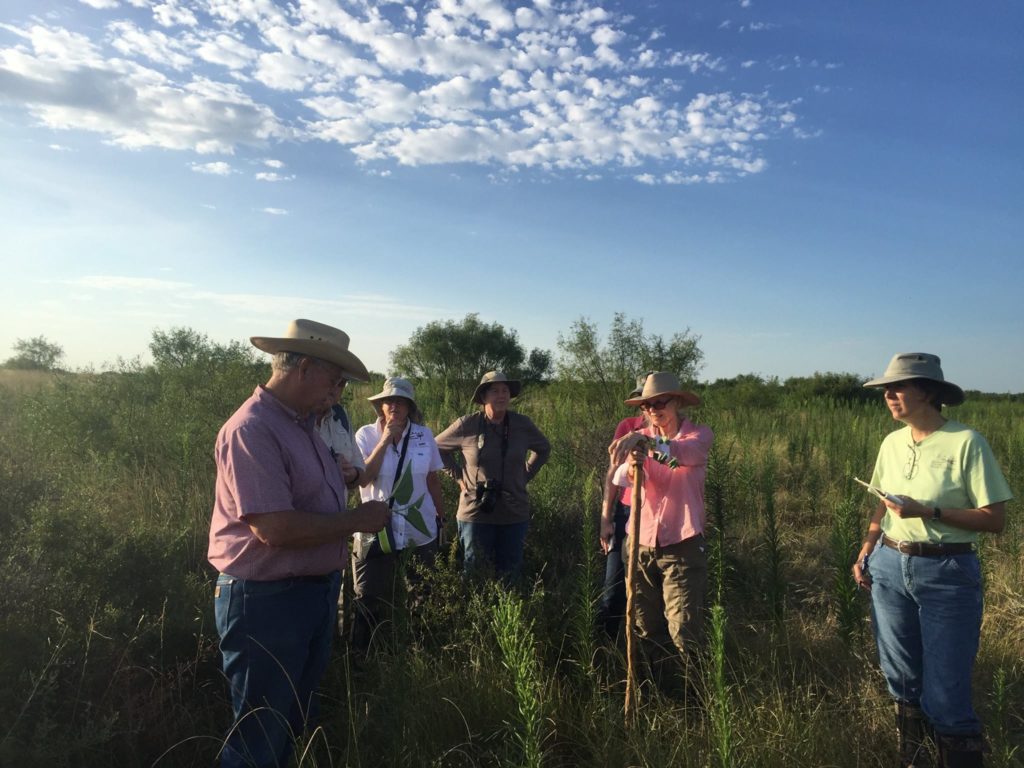Everything is bigger in Texas! With over 268,000 square miles of territory and an ever-growing population of over 26.4 million residents, there are ample opportunities for those seeking to get outdoors and get involved with the ‘natural Texas’.

From north to south, Texas spans 801 miles and east to west it spans 773 miles. The highest point of elevation is found at the Guadalupe Peak on the border with New Mexico and the lowest is found at sea level along the 367 miles of coastline Texas has with the Gulf of Mexico. Texas’s diversity is as large as its geographical span is expansive. Texas has 10 climatic regions, 14 soil regions, and 11 distinct ecological regions with 53 subregions included in that! There are over 170 species of mammals, more than 635 species of birds, 30,000 invertebrates, 5,200 plants and 210 species of reptiles and amphibians that are found within the state’s borders. Texas is considered by most to be one of the most ecologically diverse states in the United States.
This diversity of the ecological regions, geography, flora and fauna has always been of interest to naturalists throughout Texas history. The passion of the early naturalists, who were also educators in their own communities, has spread to today’s growing culture of community centered learning and natural resource conservation, a prelude for the Texas Master Naturalist Program.

The mission of the Texas Master Naturalist Program from its inception in 1997 has been to develop a corps of well-informed volunteers to provide education, outreach, and service dedicated to the beneficial management of natural resources and natural areas within their communities for the State of Texas. Many communities and organizations in Texas rely on these citizen volunteers for implementing youth education programs; for operating parks, nature centers, and natural areas; and for providing leadership in local natural resource conservation efforts. In fact, a short supply of dedicated and well-informed volunteers is often cited as a limiting factor for community-based conservation efforts. But, the Texas Master Naturalist Program is changing this and delivering on the need of their natural resource communities! From its early program beginnings of just 4 chapters and 400+ volunteers, the program has grown to include over 48 chapters and 12,000+ volunteers who provide over 450,000 hours of service valued at $10 million given back to the state each year!
None of this would have been possible without a good foundation and the Texas Master Naturalist Program owes its good fortune to the statewide partnership developed among the Texas Parks & Wildlife Department and Texas A&M AgriLife Extension Service.
The Naturalist News Blog will be used as an opportunity to showcase these successes, ways to get involved and what’s up for the Texas Master Naturalist Program next!



